3D in Depth: Cameras
3D in Depth: Cameras
In previous 3D articles (and lessons), there has been some discussion about lighting, materials and cameras, but it’s important to explore these subjects in more depth, as the right combination of techniques will either make or break your scene. This month, we’ll have a look at cameras and how you can use them to make your 3D scenes come alive.
The camera is an amazing tool. In 3D, unlike the real world, physical limitations don’t exist. You can create a scene where the camera takes you on a journey inside the blood vessels of a human body, or to be an eye-in-the-sky in your scenes, it can be used to create impossible perspectives, to zoom and pan and so much more. It’s beyond the scope of this article to tell you everything about cameras, but here are some basics to get you started.
First, it’s useful to look at some of the differences between 3D cameras and real life cameras. In 3D, unlike in real life, there is no need for a lens, focusing controls, film, aperture, etc. All of these functions are controlled via software. Where things are similar is how the camera is used. In 3D, you can create one or more cameras, position them exactly as desired in 3D space and use settings to mimic focal length, depth of field, etc. Other options for moving a 3D camera are similar to those in movie making, including truck, dolly, motion blur, orbit and pan.
In addition, software cameras have no size or weight restrictions. You can move a camera to any location and even inside the tiniest objects. You can also animate cameras so that several operations take place at once, such as a zooming into a scene while changing the depth of field. Once you create a camera in 3D, you can pick a view and assign the view in that view to the camera, meaning that you will see the scene from the perspective of the camera.
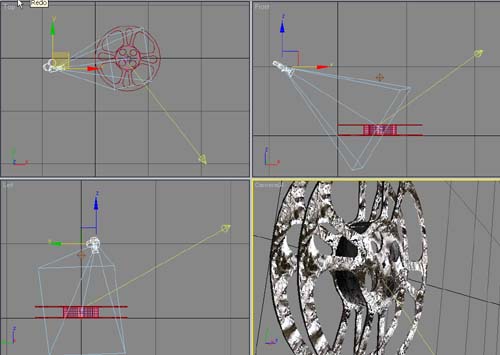
In this illustration, note the position of the camera in the Top, Front and Left views and what the camera actually sees in the lower right hand view.
Let’s look at how the Focal Length, Field of View (FOV) and Depth-of-Field work in 3D. The Focal Length refers to the distance between the lens and a light sensitive surface (film or electronics). The Focal Length determines how much of the subject will be visible. To elaborate, a low Focal Length includes more of the subject, while a higher Focal Length includes less of the subject but offers greater detail of subjects in the distance. The Focal Length is measured in millimeters. As an example, a 50mm lens more or less approximates what the human eyes sees and is a standard lens sold with many still film cameras. When a lens has a Focal Length of less than 50mm it’s referred to as a short or wide angle lens, while a lens with a Focal Length of more than 50mm is referred to as a long or telephoto lens.
The Field of View (FOV) is measured in degrees of the horizon. It determines
how much of the scene is visible and is directly related to the Focal Length
of the lens. As an example, a 15mm short or wide angle lens in 3DS Max has a
Field of View of approximately 100 degrees while a 200mm long or telephoto lens
has a 10.3 degree Field of View.
In addition, with a short focal length perspective distortions are emphasized.
The result is that objects loom towards the viewer and appear to have depth.
In contrast, long focal lengths tend to flatten the object and create parallel
lines.
In this series of shots, all use a camera with the same focal length; only the
Field of View changes.
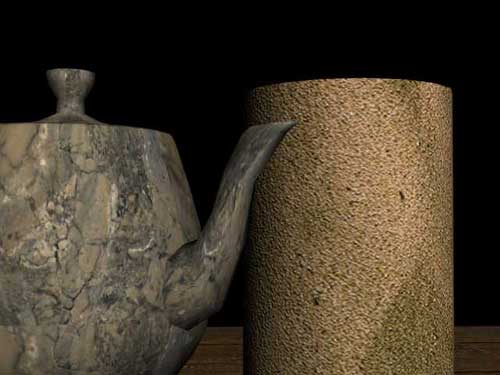
In this image, this teapot and cylinder are rendered using a 50mm lens setting for reference.
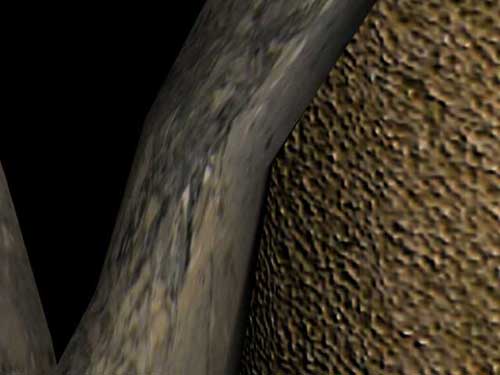
This image is rendered using a 200mm lens setting, showing an extreme close-up.
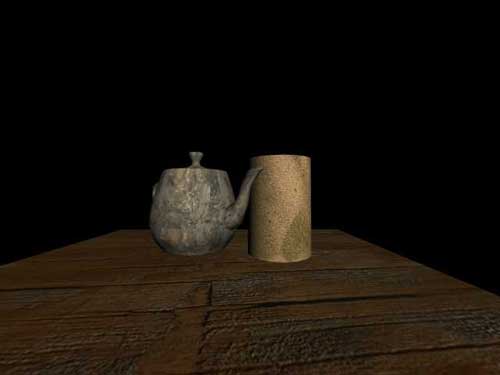
The third image is rendered using a 15mm lens setting. Comparing the 50mm rendering with this one, the distortion is immediately apparent.
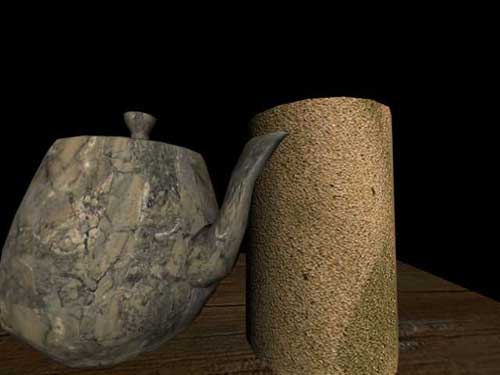
The distortion becomes even more pronounced in this image when the camera is
moved closer to the objects. This can be quite useful for creating a special
mood or effect. For practical purposes, a 35mm lens setting would give you a
good wide angle shot without much distortion.
Created: June 5, 2003
Revised: January 8, 2004
URL: https://webreference.com/3d/column8


 Find a programming school near you
Find a programming school near you